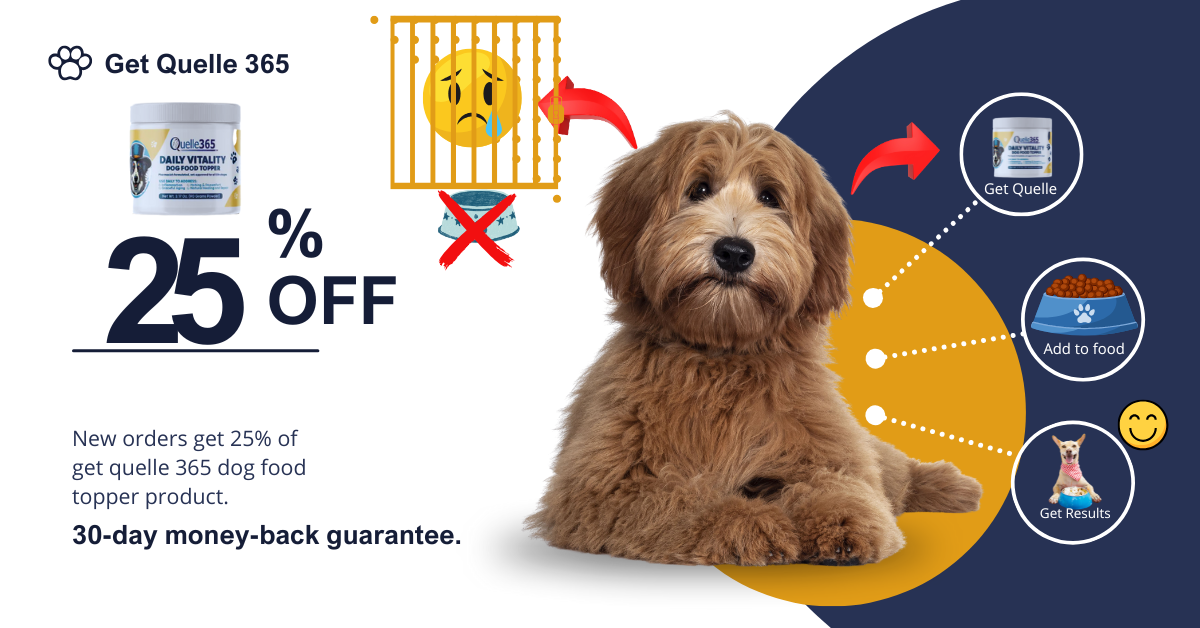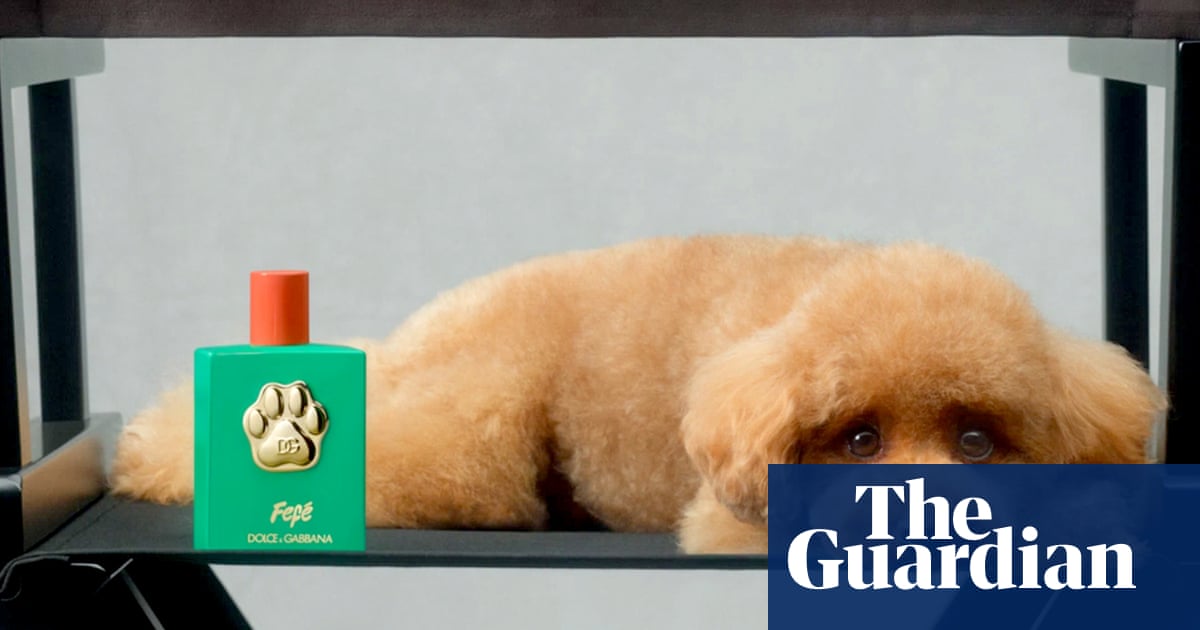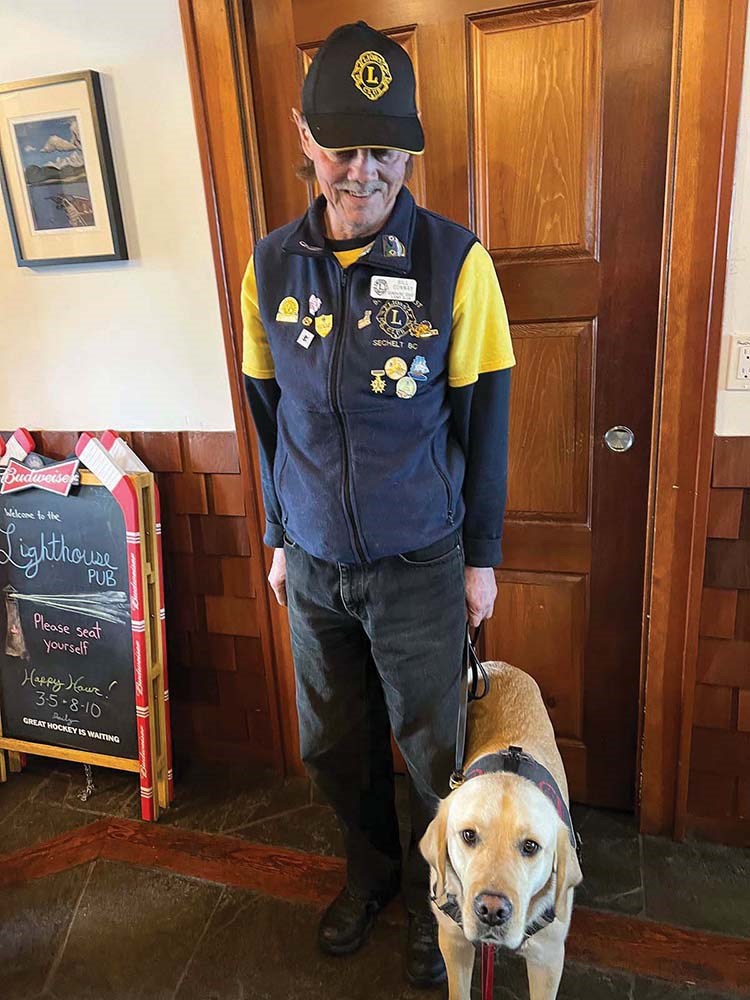On a hot summer day, there is nothing better than ice cream or a popsicle to help cool you off. The animals at Zoo Miami couldn’t agree more. Reina the leopard’s favorite flavor in the summertime is a meat juice pop topped with raw fish.
“It keeps them active, and licking the ice also cools them off,” Ron Magill, Zoo Miami’s communication director said.
It’s not just people affected by the increasingly extreme temperatures that bake South Florida in the summer. Animals feel it too, from pets to all the critters at the Zoo Miami. Most of the animals here are naturally found in warm, humid climates — so they aren’t trying to keep polar bears or penguins cold. But they can overheat, in a lot of the same ways we do. Zoo keepers can tell an animal is dehydrated if there’s discoloration in its lips or tongue, paleness or panting, Magill said.
Alie Skowronski
/
Miami Herald
Zoo Miami gives enrichment treats year-round, but in the summer, the demand spikes. The zoo follows daily routines like ensuring there’s always fresh water and having places where the animals can find shade. This year, Magill said they’ve offered more cooling mixes than ever before — especially on high heat advisory days. The heat index had topped 90 on Tuesday afternoon when the icy treats were delivered.
The popsicles are custom-made to the different animal’s diets by a team of nutritionists at the zoo. The herbivores, like elephants, rubbed their trunks on piña colada and fruit punch flavored Gatorade ice pops that melted away to reveal slices of oranges.
READ MORE: As extreme temperatures persist in South Florida, so do threats of heat-related illness
The sugar in Gatorade is not good for carnivores to eat, but they get hidden treats like mice or a chicken wing inside their broth popsicles. Some popsicles can take up to a month to make, zoo nutritionist Rachael Peck said.
“The larger ones can take up to a month because the expansion of ice damages the containers, so we do it in layers,” Peck said. “Which also means we can make every layer different, or color-themed.”

Alie Skowronski
/
Miami Herald
Showers are used to cool off the animals too. An irrigation system sprays water in the elephant’s enclosure and keeps the clay under the elephant’s feet wet. The elephants scoop up the clay with their trunk and rub it on their body as an all-natural sunblock.
Zoo keepers give the Galapagos tortoises personal showers with a hose.
Another example of ways the keepers get the animals moving while also cooling them off is by tossing treats like apples and lettuce into ponds. Typically, Magill said, Malayan tapirs are lazier animals who would rather nap than swim. So the food in the water encourages them to run and dive in.
The Indian Guar, the largest, and most vulnerable, species of wild cattle, gets a more intimate treatment. Over the years working with the guar, Nick Pottratz formed a special bond with her and she welcomes ice sponge baths from him a few times a week.
She seems to like the routine. After he finished sponging one side of her body she turned around so he could get her other side. When he stopped, she mooed at him.
“She seems to like me coming now and knows what it’s for,” Pottratz said.
Ashley Miznazi is a climate change reporter for the Miami Herald funded by the Lynn and Louis Wolfson II Family Foundation in partnership with Journalism Funding Partners.
This story was produced in partnership with the Florida Climate Reporting Network, a multi-newsroom initiative founded by the Miami Herald, the South Florida Sun Sentinel, The Palm Beach Post, the Orlando Sentinel, WLRN Public Media and the Tampa Bay Times.









